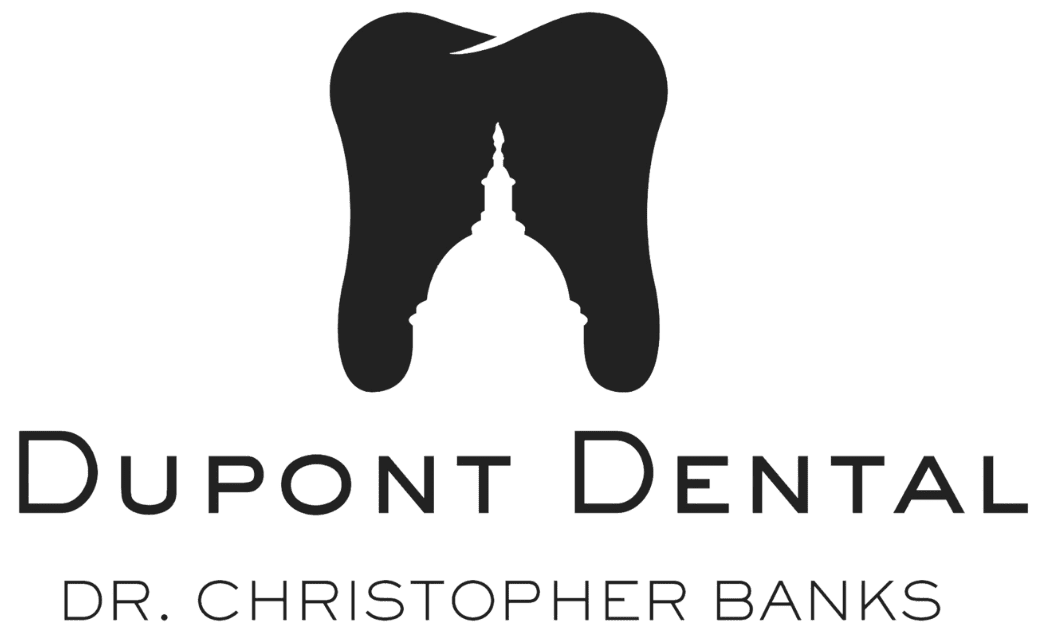Tooth extraction is a common dental procedure, often necessary due to severe decay, gum disease, overcrowding, or trauma. While the process itself is relatively quick and performed under anesthesia, the true healing begins afterward. Proper aftercare plays a critical role in ensuring smooth recovery, preventing complications, and promoting overall oral health. Whether you’ve had a simple or surgical extraction, following a careful aftercare routine is essential.

The First 24 Hours
Immediately after a tooth is removed, your body begins to form a blood clot at the extraction site. This clot is vital, as it protects the underlying bone and nerve endings and is the foundation for healing. Dislodging it can lead to a painful condition known as dry socket.
To avoid this, it’s important to rest and avoid any activity that could disturb the clot. Keep gauze over the extraction site as directed by your dentist, typically changing it every 30–60 minutes until bleeding slows. Avoid rinsing your mouth vigorously, spitting forcefully, or using a straw, as these actions create suction that can displace the clot. Smoking should also be avoided entirely, as it increases the risk of infection and dry socket.
Managing Pain and Swelling
It’s normal to experience some discomfort, swelling, and even mild bruising after a tooth extraction. Your dentist may prescribe pain medication or recommend over-the-counter options like ibuprofen. These not only help with pain management but also reduce inflammation.
Swelling can be managed by applying an ice pack to the outside of your cheek in 15-minute intervals during the first day. Keeping your head elevated while resting can also help minimize swelling and bleeding. For many people, discomfort significantly decreases after 48–72 hours, but some soreness may persist for a week or more depending on the complexity of the extraction.
Eating and Drinking with Care
After a tooth extraction, your diet should be limited to soft foods and liquids for at least the first few days. Options like soups, yogurt, mashed potatoes, smoothies (without a straw), and applesauce are gentle on your healing mouth. Avoid hot, spicy, crunchy, or chewy foods, which can irritate the extraction site or dislodge the clot. Hydration is equally important, so drink plenty of water, but skip the carbonated beverages and alcohol. Resume your normal diet only when it feels comfortable to do so and always chew on the opposite side of your mouth if possible.
Keeping Your Mouth Clean
Maintaining oral hygiene is important during the healing process, but it must be done gently. On the day of the extraction, avoid brushing near the site and do not rinse your mouth. Starting the day after, you can rinse gently with warm salt water several times a day, especially after meals. This helps keep the area clean and reduces the risk of infection. Resume brushing your other teeth as usual, being very careful to avoid the extraction site. Avoid using commercial mouthwashes unless your dentist advises it, as some may be too harsh for healing tissues.
Signs of Trouble: When to Call Your Dentist
While most extractions heal without complications, it’s important to be aware of signs that something may be wrong. Persistent or severe pain after the third day, excessive bleeding, pus or discharge, a foul taste or odor, or fever can indicate infection or dry socket. If you experience any of these symptoms, contact your dentist promptly. Healing time varies depending on the individual and the nature of the extraction, but most people feel significantly better within a week. Full healing of the gum and bone can take several weeks to a few months.
Tooth Extraction in Washington, D.C.
At Dupont Dental, we are committed to preserving your oral health. Whenever possible, we strive to maintain your natural tooth structure. However, there are times when a tooth extraction is necessary to prevent worsening damage. Contact our office today to schedule a consultation and learn more about the procedure and your restoration options.
